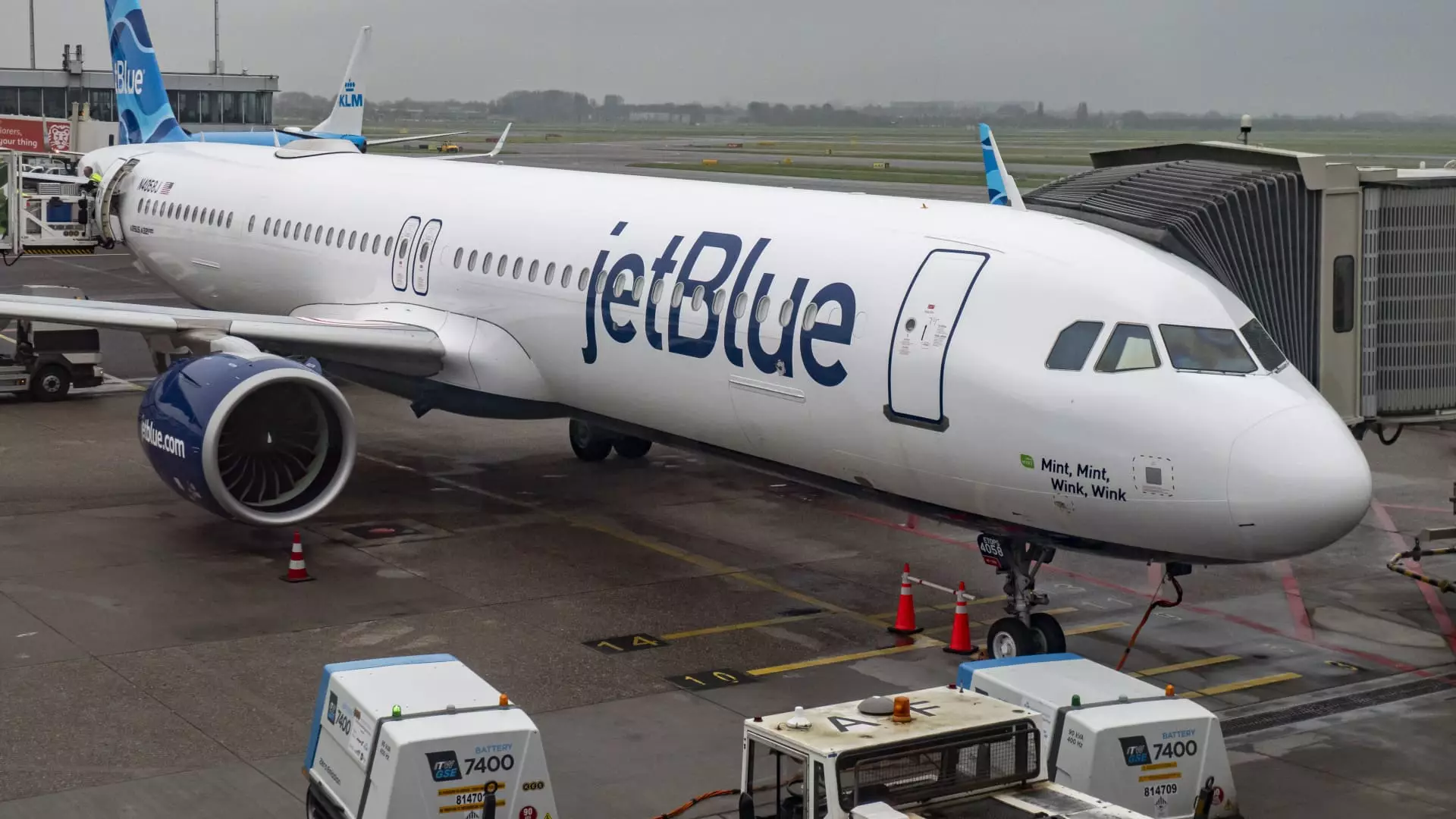In a bid to enhance its profitability, JetBlue Airways has implemented significant changes to its flight schedule, targeting unprofitable routes and reallocating resources strategically. Announced to the staff in a recent communication, the airline confirmed it would be discontinuing certain less advantageous flights while also optimizing its service offerings across Europe. These modifications come as JetBlue aims to rectify its balance sheet following a tumultuous period marked by fluctuating demand post-COVID-19.
Among the crucial changes is the discontinuation of the Mint business class service on Seattle flights starting in April. This realignment underscores JetBlue’s commitment to focusing on markets yielding higher returns. The airline plans to cut routes from its Fort Lauderdale hub to Jacksonville and similarly eliminate service between New York’s JFK and cities like Austin, Houston, Miami, and Milwaukee. The decision to halt operations to San Jose, California, further exemplifies an aggressive strategy to streamline routes that have consistently underperformed.
JetBlue’s vice president of network planning, Dave Jehn, highlighted the competitive landscape in Miami, dominated by legacy airlines such as American and Delta. Despite Miami being a key market for JetBlue, the airline has struggled to achieve profitability there. In this environment, the decision to sunset the JFK to Miami route reflects a calculated move to prevent overstaffing while allowing for a redeployment of crew members to other viable locations within its operational footprint.
The adjustments come after reports of better-than-anticipated revenue and bookings for the months of November and December, which in part contributed to a rise in the company’s stock values. However, the focus remains on long-term sustainability rather than temporary gains. JetBlue is not only retracting from certain markets but is also poised to introduce new European routes next week, signaling an intention to balance its portfolio with high-demand international offerings.
For travelers affected by these route changes, JetBlue has promised flexibility, allowing customers to choose alternate flights or secure refunds where necessary. This customer-centric approach is crucial in maintaining brand loyalty, especially during times of transition. As JetBlue navigates through post-pandemic challenges and operational hurdles—such as ongoing issues with Pratt & Whitney engines—it remains imperative for the airline to realign itself with market demands while ensuring traveler satisfaction remains a top priority.
These strategic revisions reflect JetBlue Airways’ wider initiative to foster a thriving business model amidst an evolving travel landscape. By targeting unprofitable routes and reallocating resources to markets characterized by robust demand, JetBlue is demonstrating its agility and responsiveness to industry shifts. Continued emphasis on cost management and operational efficiency will be necessary as the airline strives to secure its position in a fiercely competitive market.

